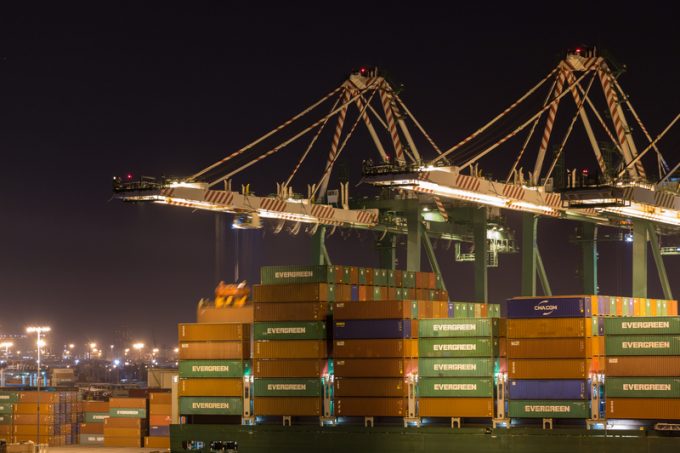Ports of LA and Long Beach busier this year and eyeing an early peak season
Container imports through the US west coast San Pedro Bay ports of Los Angeles and ...

BCOs and shippers at the TPM22 conference in Long Beach are questioning why ocean carriers decided to deploy bigger ships on the transpacific tradelane without consulting hub ports on their ability to handle them.
One BCO told The Loadstar she could trace the upgrade in ship sizes on the Asia-USWC route to the start of the landside pinch points at the San Pedro Bay terminals.
“When they jumped from 6,000 teu vessels to 10,000 teu and above, it was definitely the start of ...
Outlook for container shipping 'more uncertain now than at the onset of Covid'
Shippers warned: don't under-value US exports to avoid tariffs – 'CBP will catch you'
Cancelled voyages take the sting out of spot rate declines this week
Teamsters union vows UPS will be 'in for a hell of a fight' over jobs cull
New Houthi warning to shipping as rebel group targets specific companies
K+N CEO unveils impact of US import tariffs on China-origin goods
Blanked sailings in response to falling demand 'just a stop-gap solution'
CMA CGM to reflag box ship as the French carrier eyes growing Indian market
More pressure on transpacific rates as carriers bet on a China-US trade deal
Boeing looks to resell up to 50 aircraft rejected by Chinese buyers
'Strong start' to 2025, despite market uncertainty, says Kuehne + Nagel
US Customs chaos means 'more downside risk than upside potential' for air cargo
Taiwan ministries act to mitigate effect of trade war on agriculture exports
Wan Hai joins box shipping 'arms race', but avoids Chinese yards for newbuilds
MOL signs up with Climeworks for direct air carbon capture and storage

Comment on this article